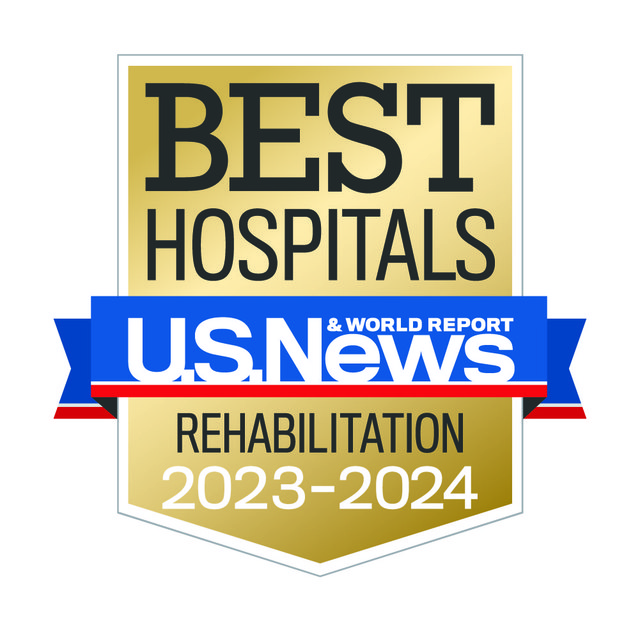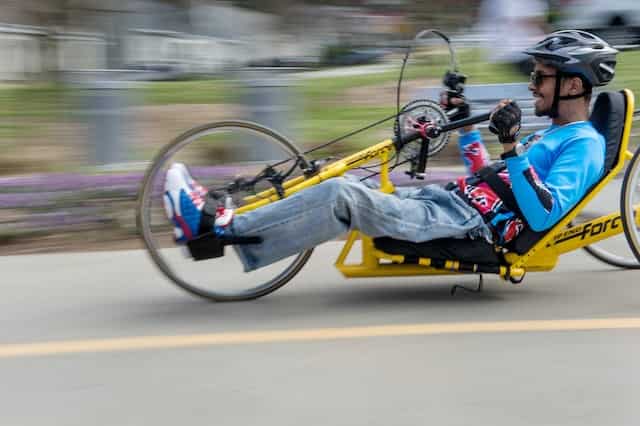What is a Stroke?
A stroke, commonly known as a “brain attack,” occurs when a blood vessel that carries oxygen and nutrients to the brain is either blocked by a clot or bursts (or ruptures). When this occurs, brain cells are deprived of oxygen and begin to die. When brain cells die during a stroke, abilities controlled by that area of the brain, such as memory and muscle control, are lost. How a person is affected by a stroke depends on the severity and the location of the brain where the injury occurs.
Stroke by the Numbers
- Nearly 800,000 people in the United States per year experience a stroke. About 75% of these are first or new strokes.
- About 55,000 more women than men have a stroke each year.
- A stroke occurs every 40 seconds in the United States.
- Stroke is the fifth leading cause of death in the United States.
- Stroke is the leading cause of long-term adult disability in the United States.
- Up to 80% of strokes can be prevented.
Two Types of Strokes
- Ischemic Strokes – These are strokes caused by blood clots where the blood clogs the vessel, causing it to narrow or even completely block blood flow to the brain. Ischemic strokes are the most common type, making up 70-80% of all strokes.
- Hemorrhagic – These are strokes caused by a blood vessel rupture, causing bleeding in or near the brain. Hemorrhagic strokes are a bit less common than ischemic strokes, occurring in only 15 to 20 percent of stroke patients.
Risk Factors for Stroke
Stroke can happen to anyone, regardless of age. However, the likelihood of experiencing a stroke rises when certain factors are present. Some factors are within your control to change or manage, while others are not.
Risk factors for stroke that can be changed, treated, or medically managed:
- High blood pressure
- High cholesterol
- Atrial fibrillation (irregular/rapid heart rate)
- Atherosclerosis (thickening of the artery walls)
- Circulation problems
- Obesity
- Physical inactivity
- Tobacco use
- Alcohol us
- Diabetes
Risk factors for stroke that can’t be changed:
- Age
- Race
- Gender
- History of a previous stroke
- Hereditary or genetics
What is a Transient Ischemic Attack (TIA)?
A transient ischemic attack (TIA) is when blood flow to part of the brain stops for short periods of time. TIAs can mimic stroke-like symptoms and last less than 24 hours before disappearing. TIAs themselves do not cause permanent brain injury, but they are severe warning signs that a stroke may happen in the future. TIAs should not be ignored.




